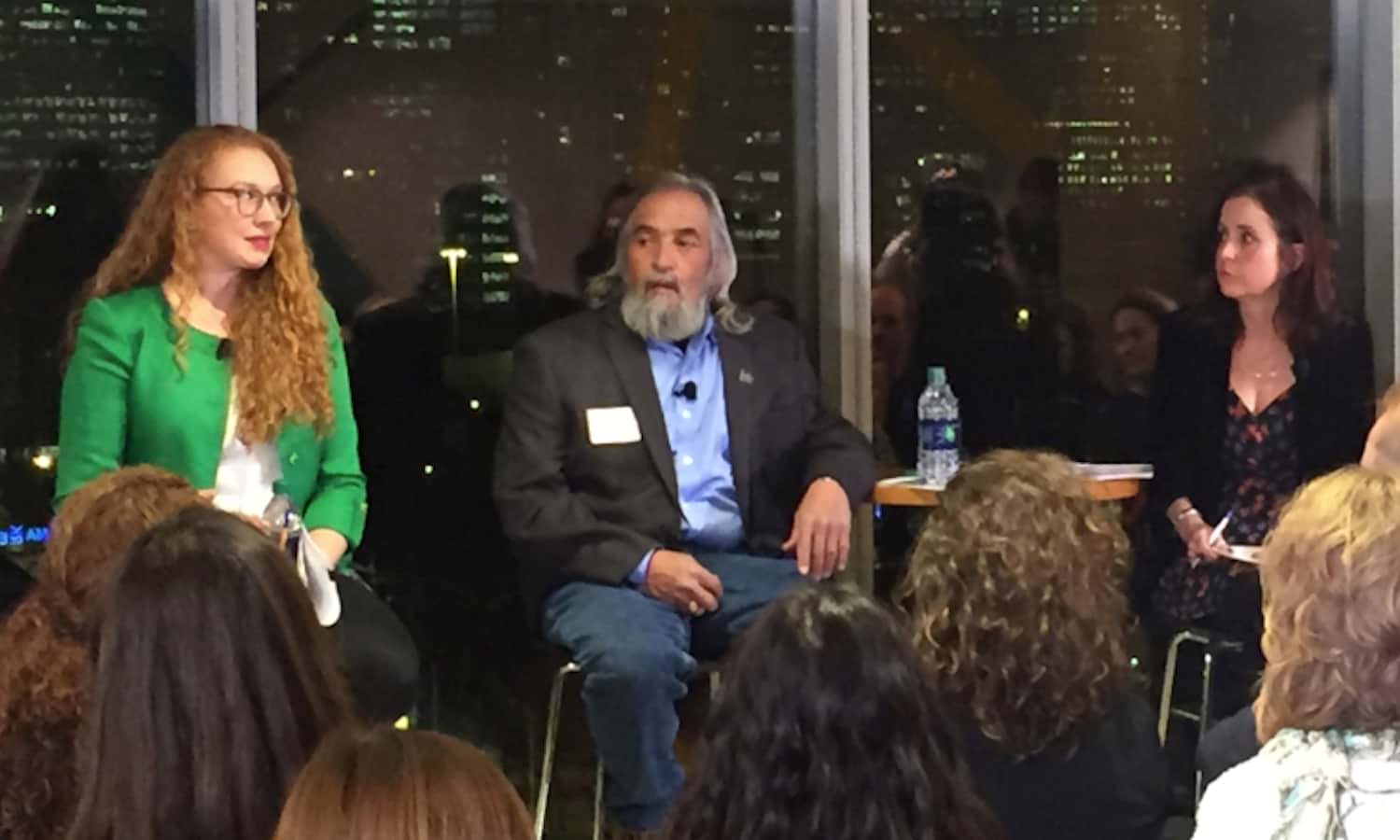On “Food Talk with Dani Nierenberg,” the Refresh Working Group joins former U.S. Secretary of Agriculture Tom Vilsack at the Refresh Food + Tech Event to discuss the roles of technology in the food system. On November 7, 2018, the Refresh Working Group published Refresh: Food + Tech, From Soil and Supper, outlining how technology, artificial intelligence (AI), and machine learning will change the food system. “There’s a lot of unearthed opportunity to be had,” says Ali Lange, policy analyst at Google, a Refresh Working Group member. “But one of the things that we found for the food system writ large, was there wasn’t really a common narrative [for technology’s role]. We weren’t seeing the same loud story that we were seeing in other industries.”
You can listen to “Food Talk with Dani Nierenberg” on Apple iTunes, Stitcher, Google Play Music, Spotify, or wherever you consume your podcasts. While you’re listening, subscribe, rate, and review the show; it would mean the world to us to have your feedback.
According to the report, AI and machine learning on farms may bring increased certainty to farmers in predicting hurdles such as weather, pests, and commodity fluctuations. But technology also has the potential to be disruptive. “One of the ways to start to think about selecting technologies that aren’t disruptive is through participatory design and participatory research because it brings people up into the development and design process,” says Ankita Raturi of the U.S. Department of Agriculture’s Agricultural Research Service.
“AI has an important role in the food system,” adds Don Bustos, owner of Santa Cruz Farm. “But the more important question is how do communities decide how to use that kind of AI technology, and how are they allowed to participate from the bottom up to even know or understand the impacts that it is going to have on their communities for future generations.”
While the report generates a discussion about technology in the food system, Vilsack notes that today’s quickly changing and arising technologies need more supportive discussion in government. “We need to look at our regulatory systems writ large and understand that they were designed for a day long ago: they weren’t designed for the pace of change we have today,” says Vilsack “It’s going to be incredibly important for government generally to really look at how we can streamline this processes without sacrificing the quality of the assessment or safety.”
Photo courtesy of Food Business News.











